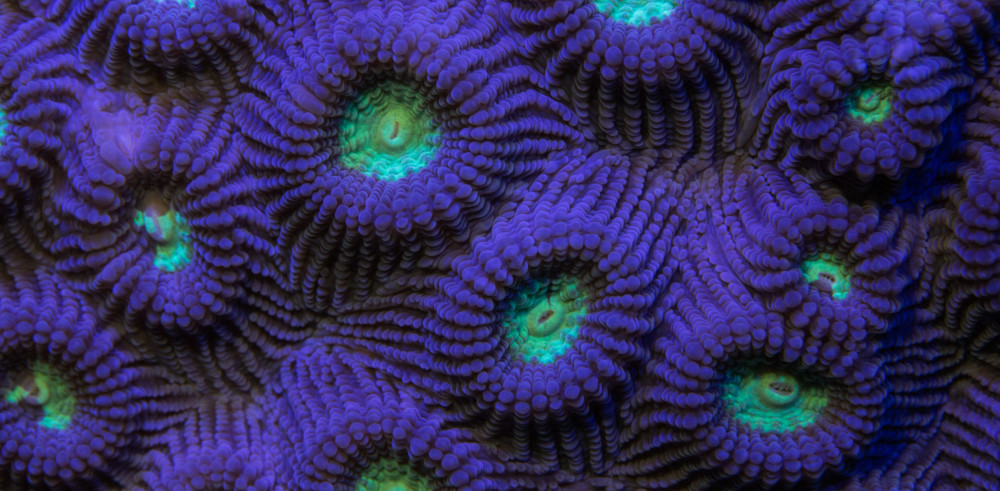Pryer’s woodpecker (Dendrocopos noguchii) is the prefecture bird of Okinawa and designated as a natural treasure of Japan. They are a rare species only found in the northern part of Okinawa and are currently listed critically endangered on the IUCN red list of threatened species.
-
- Scientific name: (Dendrocopos noguchii)
-
- Common name: Okinawan or Pryer’s woodpecker
-
- Distribution: Northern Okinawa
-
- Habitat: Yanbaru Forest
-
- Diet: Beetle larvae, moths, spiders, centipedes and fruit
- Average Size: 30cm – 35mm
Shawn Miller featured – WILDLIFE AS CANON SEES IT -Published National Geographic May 2015. Bringing awareness to the endangered species of the Ryukyu Islands one image at a time.
The woodpecker can rotate its head 180 degrees to capture the difficult insects. This is the first and only time I have observed this occurring.
This woodpecker is unique. It feeds its young only one insect at a time.
Both parents stay busy feeding the chicks. The nests can have up to three chicks.
The woodpeckers biggest threats are deforestation and natural predators.
My favorite image of The Pryer’s woodpecker.
My Mission: To Document and Preserve the Wildlife of the Ryukyu Islands
This site is also designed to help people identify the beautiful animals of Okinawa, basically to serve as an online nature reference guide. If you would like to make a contribution to support my mission, please click on the donation link
Your donations will help conservation initiatives as well as bring solutions to the worldwide pollution issues on our beautiful shorelines. Thank you for your support, Shawn M Miller.
#MakeTheSwitch4Nature

















































































